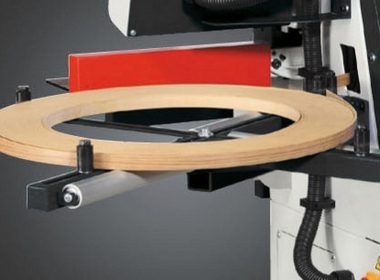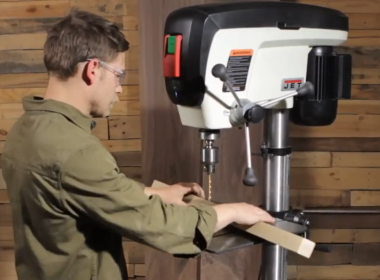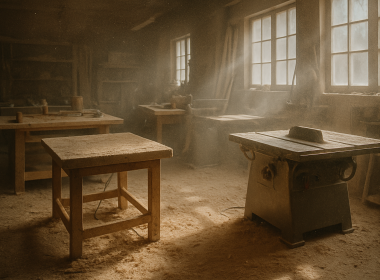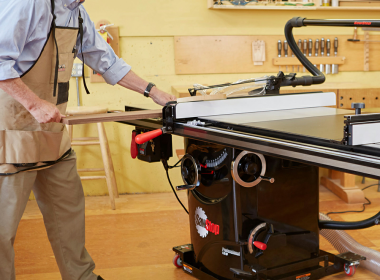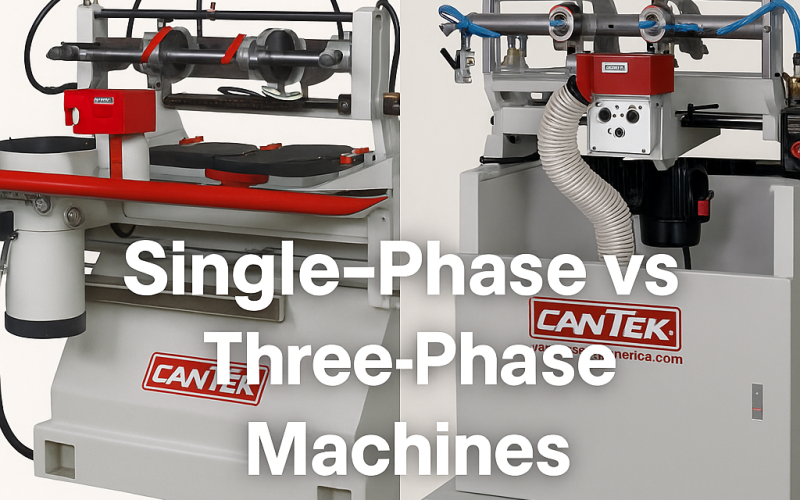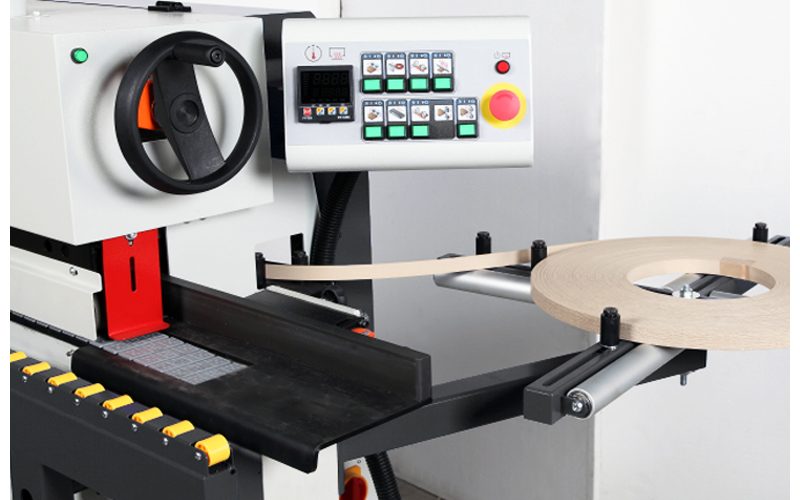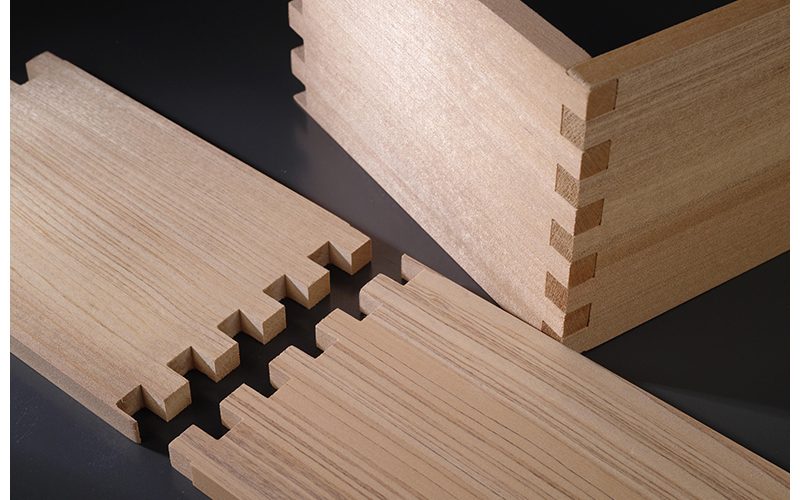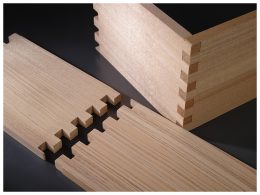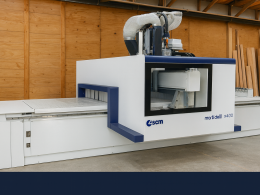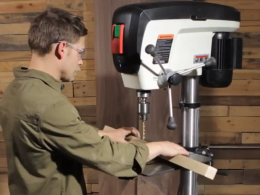If you run a cabinetmaking, woodworking, or metalworking shop, your choice between single-phase machines vs three-phase machines shapes your efficiency, flexibility, and costs. This isn’t just a technical detail, it’s a strategic decision. In this guide we break down the electrical facts, shop-level pros and cons, and practical advice so you pick what fits your business.
Quick Summary Table: Single‑Phase vs Three‑Phase Machines
| Feature | Single‑Phase Machines | Three‑Phase Machines |
|---|---|---|
| Power Delivery | One alternating current wave (less consistent) | Three alternating waves (smooth, continuous) |
| Startup Torque | Lower, needs capacitors or start-assist | Higher, built-in rotating magnetic field |
| Motor Efficiency | Less efficient under load | High efficiency and smoother operation |
| Horsepower Limitations | Typically under 5 HP | Easily supports 5+ HP and heavy-duty use |
| Common Use Cases | Small shops, home garages, light-duty tools | Industrial shops, high-demand machines |
| Infrastructure Required | Standard residential or light commercial | Requires commercial/industrial power or converters |
| Installation Cost | Lower upfront cost | Higher if service upgrade is needed |
| Maintenance | More wear due to motor stress | Runs cooler with longer lifespan |
| Expandability | Limited for larger machinery | Scales easily with shop growth |
| Resale Value | Lower for commercial buyers | Higher resale in industrial markets |
What Single‑Phase and Three‑Phase Power Mean
Single‑Phase Power
Single-phase power delivers one alternating waveform. The voltage rises, falls, and passes through zero twice each cycle. Because of that, power delivery is not constant.
Motors running on single-phase often need capacitors or start switches to help them crank.
Three‑Phase Power
Three‑phase power delivers three waves, each 120 degrees apart. That means at least one phase is always providing strong voltage. Power stays more constant and smooth.
Three-phase motors naturally generate rotational magnetic fields, so they don’t need extra “start” components.
Electrical Differences That Matter
- Single-phase systems see dips and zero crossings; three‑phase does not.
- For the same load, three-phase wiring often uses less conductor material because the load is balanced.
- Under heavy duty, three-phase motors tend to run cooler, with less vibration, and longer lifespan.
Pros & Cons: Single-Phase vs Three-Phase Machines
Pros of Single‑Phase Machines
- Lower initial cost if your shop already has single-phase power
- Simpler installation in many existing buildings
- Sufficient for lighter loads or lower horsepower machines
Cons of Single‑Phase
- Limited capacity for large loads or high-horsepower machines
- Higher stress on motors during startup, increasing risk of voltage drops or component failure
- More wear over time under frequent load changes
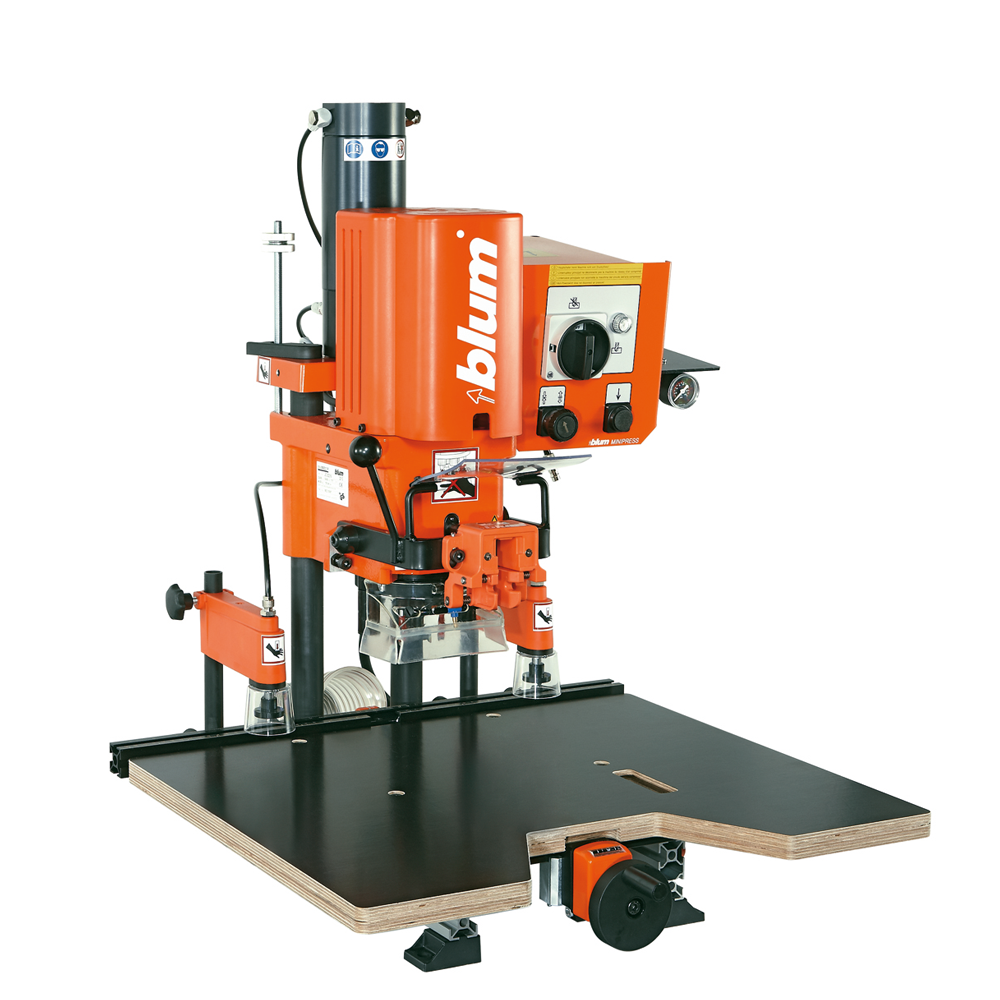
Pros of Three‑Phase Machines
- Higher efficiency, smoother torque under load
- Better suited for large motors and heavy equipment
- Wiring, breakers, and feeds can be more efficient
- Industrial ecosystems expect three-phase, easing expansion or resale
Cons of Three‑Phase
- If your shop doesn’t have three-phase service, cost to upgrade wiring, panels, and utility may be high
- Use of converters (if converting single-phase to three-phase) introduces complexity, inefficiency, and potential derating
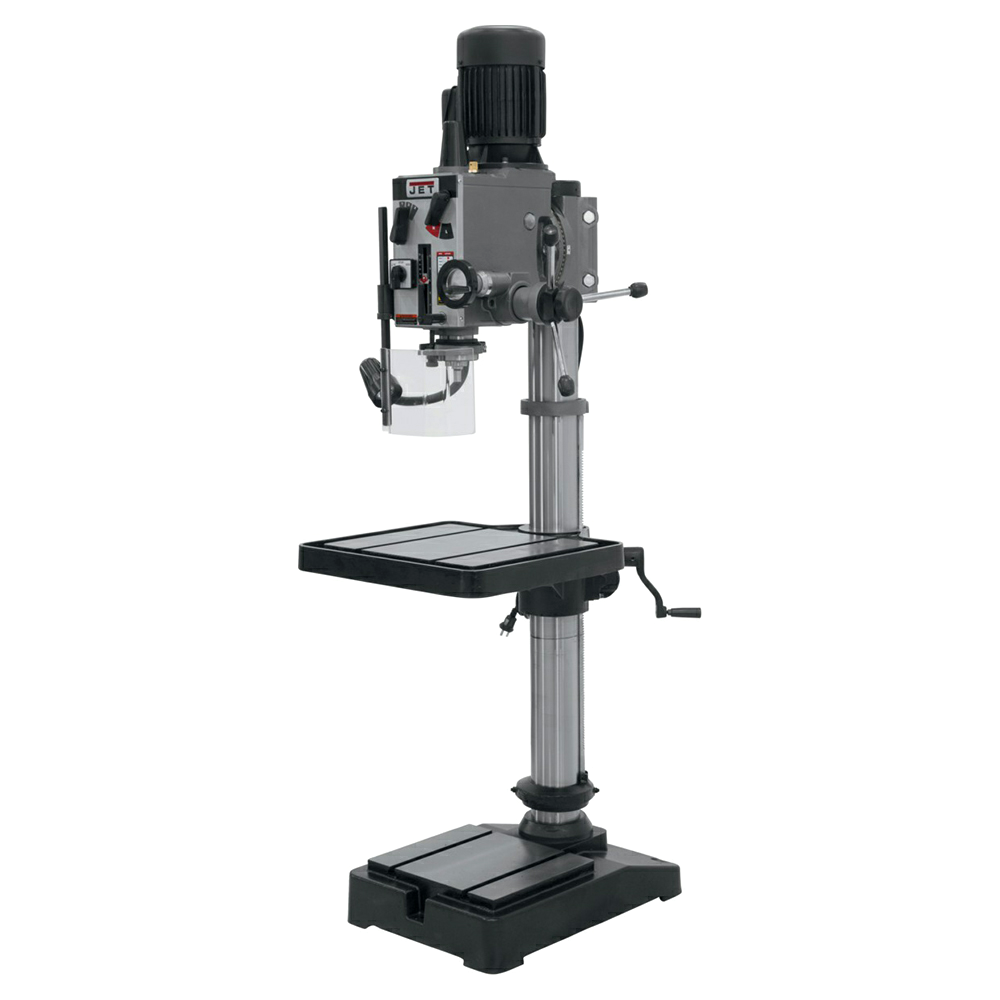
Practical Considerations for Your Shop: Single-Phase vs Three-Phase Machines
Check Your Utility / Service Availability
Before selecting machines, verify with the electric utility whether three-phase service is available in your building or lot.
Match Machine HP, Load, and Start Currents
When a machine starts, current can spike significantly above its running current. For high-hp machines or heavy cycle use, three-phase handles that better.
Phase Converters, VFDs, and Hybrid Options
If your shop is single-phase but you want to run three-phase machines, a rotary phase converter or static converter is an option. However, converters carry drawbacks: increased heat, inefficiencies, reduced effective horsepower, and additional maintenance.
Wiring, Panel Upgrades, and Cost
Upgrading to three-phase means heavier wiring, new panels, circuit breakers, and possibly higher utility fees. But over time, gains in performance and reduced maintenance often compensate.
Resale, Standardization, and Parts
Three-phase machines are more common in industrial settings. If you plan to sell or expand, aligning with the three-phase standard gives you better compatibility and parts availability.
Which Path Fits Your Shop? Single-Phase vs Three-Phase Machines
Small Shop / Tight Budget
If your horsepower demands are modest and your building has single-phase service, start with single-phase machines. Use converters only where essential.
Mid-Size Shop with Growth Plans
Consider running a mix of machines initially. Use converters temporarily for three-phase machines, while planning your infrastructure upgrade. Eventually shift fully to three-phase for major machines.
Large / New Build / Industrial Scale
Design from the start for three-phase power. Spec all heavy machines as three-phase. Skip converters — deploy industrial wiring, panels, and a full three-phase service.
Summary & Next Steps
- Single-phase machines: lower upfront cost, workable for light-to-moderate loads
- Three-phase machines: superior for performance, longevity, and scalability
- Converters: useful as a bridge, but not ideal long-term
- Your decision should factor in utility availability, machine data (hp & start current), wiring costs, ROI, maintenance, and resale
Next steps:
- Confirm utility service availability for three-phase at your site
- Audit your machine specs (horsepower, start current)
- Consult a qualified shop electrician or engineer
- Compare total lifecycle cost (installation + running + maintenance)
- Browse our single-phase and three-phase machines on WurthMachinery.com to see what fits your setup
Final Thoughts: Single-Phase vs Three-Phase Machines
With the right power choice, you reduce bottlenecks, lower costs, and future-proof your shop. Use this guide as you plan your next equipment investment or retrofit. When you’re ready, let us help you find the right machines; we carry both single-phase machines and three-phase machines to fit your path.


